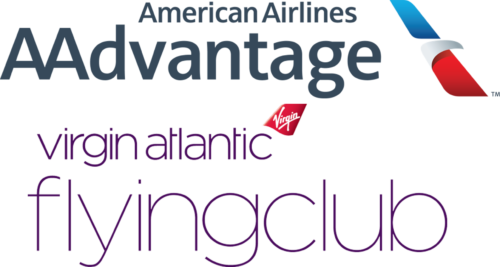Where are the future elite members?
 11 November 2021
11 November 2021
Two major programs, American’s AAdvantage and Virgin Atlantic’s Flying Club, have announced changes to their tier qualification rules over the last few days – pointing to diametrically opposed strategies. Who is right?
Although an initial recovery of several markets is under way, notably helped by the partial opening of the US to non-essential travel for foreigners, all travel loyalty programs are still far away from returning to earlier performance. The bleeding is especially bad among elite members, which are mostly ways off their former activities.
Two programs, two approaches
In that context, programs try to find the right answers. Straight forward tier extensions might have been the solution until here, but at one point, you need to move on to the next level. Several programs have already acknowledged that many of their former tier members would never return, while some are though still widely building on such hope.
It is in front of this context that the changes recently announced by two major programs are interesting to analyse. They need to be seen in front of their individual environments.
American Airlines benefits of a strong rebound of the domestic market while having a far weaker exposure to international markets compared to other major global carriers. The introduction of Loyalty Points, coupled with the integration of co-branded credit cards and elite tier bonuses to the qualifying points as well as with higher qualification thresholds as of 2022, means, in a nutshell, that existing tier members are better off while non-elite members will have a tougher go unless they use co-branded cards extensively. Their strategy might be best summed up as intelligent lock-in of existing members, while limiting new (top) tier members to high credit card spenders, with a corresponding revenue potential for the program.
Virgin Atlantic‘s network is obviously 100% long-haul and as such exposed to all the restrictions worldwide, with only a limited rebound under way in certain markets. With all excitement about the “opening” of the US market, it should not be forgotten that the vaccination and PCR test requirements are still major hurdles to anything that is discretionary travel. 2019 volumes are far off the horizon as a result.
The announcements by the Flying Club reflect these difficulties. A lowered qualification threshold for 2022 – rather than simply extending statuses again – aims at maintaining former elite members, while starting to get rid off fully inactive members. At the same time, extending the accrual of tier points to packages sold by the tour operator arm Virgin Holidays clearly represents a shift of focus by looking at its future fortunes among new customer segments. Buying an admittedly somewhat expensive holiday package for a family of four at 6,500 GBP and flying at a discounted Economy fare as part of that trip allows you moving up to Silver membership straight away. As comparison, doing so only with flights would require six roundtrips per year in that fare category.
The common point
Although different, both approaches have actually one interesting point in common: Understanding that former flight behaviour might not be about to return for the majority of clients, they turn their attention to those areas where the money lies. In the case of American Airlines, the co-branded credit cards have been identified as such source (not really surprisingly for a US program). For Virgin Atlantic, sister companies of the Virgin Group seem to be the answer – it is easy to imagine that other high-volume, high-margin businesses might be identified here going forward and pushed by the awarding of tier points, too.
While these approaches seem viable and logical from a purely commercial perspective, the underlying question is whether they really make strategic sense. If you understand a loyalty program as a support tool for the airline/hotel, this might not be the case as you recognize customers for doing business outside of your company. If you are happy to extend your view beyond that historic framework, the conclusion could be more favourable – but would certainly require that the elite benefits are reconsidered as well.
In our two examples, the elite benefits remain fully focused on the respective airlines (and airline partners), meaning that the programs might have only gone down half of the way of their transformation. If you are a high credit card spender, but maybe only an occasional flyer, the traditional elite benefits aimed at road warriors risk being only of limited interest to you and not enough motivation to steer your credit card spend towards the program (and, as a result, any less frequent travel activity towards your company), in view of other competitive options.
The required transformation
While these two programs have not yet delivered all answers, they have indeed started an interesting consideration, which is relevant to any other travel loyalty program as well: Do elite programs require a transformation in face of changed customer behaviour and, if so, what should it look like? The second set of questions is obviously much more complex as it embraces a lot of aspects.
There will be as many answers to this dual question as there are programs (and as such no outright right and wrong answers), but programs not asking that question at all might be at the risk of becoming less relevant. We can consider it being outside of our control if we lose some of the customers, which made up for our living previously, in the current market conditions – but it would be irresponsible to consider this simply a fate and continue to do business as before although the model might be outdated, without looking at alternative ways to compensate these losses.







